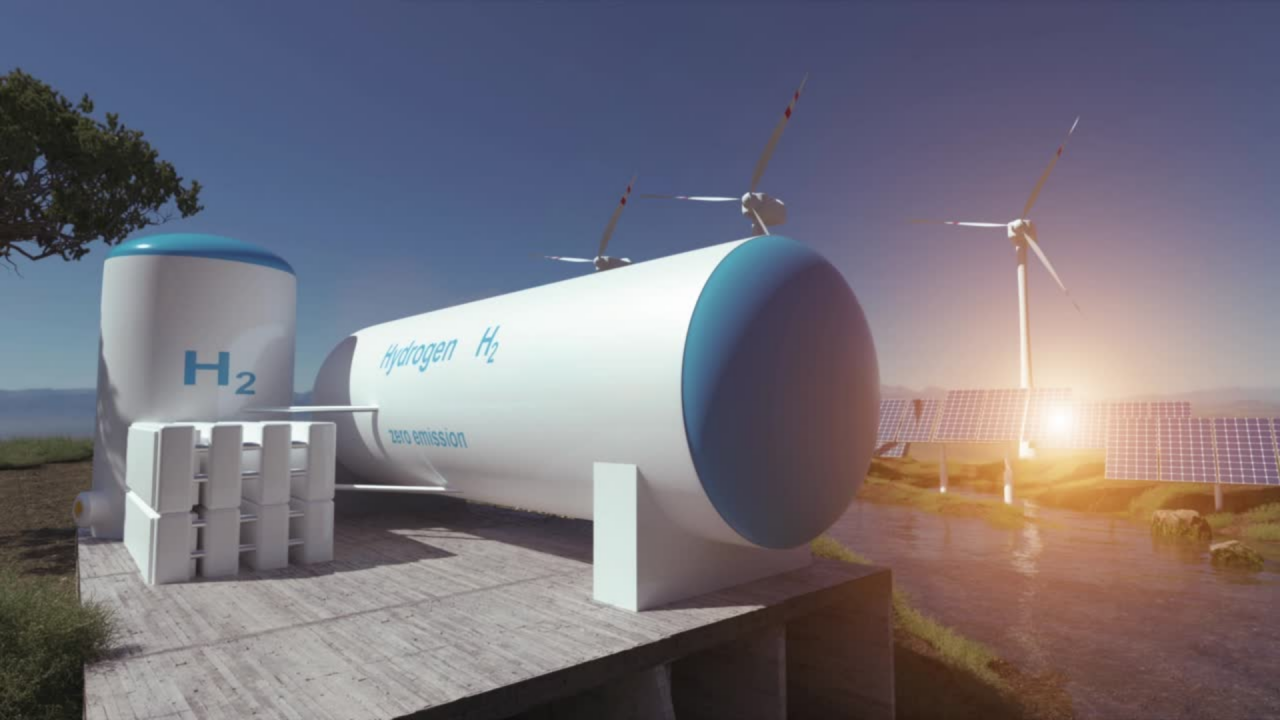Hanken School of Economics, VAMK and Novia are inviting companies, municipalities and other Ostrobothnian actors to join the local green hydrogen network

The EU has made a commitment to be carbon neutral by 2050. Green hydrogen (H2), which can be used to store power produced using renewable energy, is predicted to become one of the key technologies in the EU's transition to zero net carbon emissions. However, the green hydrogen market is not yet established, and many companies are still in the initial stages of developing H2 business models.
Project Co-leader Kaisa Penttilä, who is pursuing a PhD in Management and Organization at the Hanken Vaasa campus, is now inviting actors interested in hydrogen within Ostrobothnia – companies, municipalities, universities and development organizations – to get involved in building the local hydrogen network.
"The hydrogen economy is about overarching systemic change. This is not something that any single actor can achieve. The value creation process needs to be a collaboration between multiple actors. We realize that this project requires different types of managerial, organizational and entrepreneurial skills, technical expertise and systems know-how," Penttilä explains.
The project includes researching what Ostrobothnian players have plans to invest in green hydrogen and related technologies.
Are there any alternatives to the hydrogen economy?
As an energy source, hydrogen is considered feasible within the power economy of the future if it is produced without any significant carbon dioxide emissions, for instance if hydrogen gas is produced by water electrolysis, using renewable energy only. This is when hydrogen is considered green.
"Using green hydrogen can reduce the consumption of fossil fuels in the transport sector and reduce industrial carbon dioxide emissions. Still, no one knows what the future will be. Batteries, biogas, CO2 capture, and power-to-X electricity solutions are other options supporting the transition towards carbon neutrality."
Penttilä emphasizes that the EU is putting a lot of focus on green hydrogen.
"Finland and Ostrobothnia are severely lagging behind in terms of developing the skills and infrastructure to produce, distribute, store and utilize green hydrogen gas. That is why the region now needs to invest heavily in pinpointing niche areas within the hydrogen economy that Ostrobothnia can become a world leader in, and proactively build the skills and resources needed to enable such developments."
The H2 Ecosystem Roadmap project commenced in September and is set to last for one year. Kaisa Penttilä, can you tell us how interested parties can get involved?
“We have just launched a survey to allow actors to express their interest in finding out more about potential business development partnerships relating to the hydrogen economy.
The survey is available here Opens in new window . The deadline for submitting responses is 15 October 2021.
We have also launched a website Opens in new window , where we are starting to post information that may be of interest to various actors in the region, and updates on the project. Any interested parties are very welcome to join the network.”



